Towards polytopal mesh adaption
Please login to view abstract download link
Over the years, research on numerical methods for polytopal meshes have gained a lot of traction for different scientific communities, fluid mechanics, solid mechanics, biomechanics, etc. Exploring new meshing technologies and the ecosystem of tools around them has been, and will mostly remain, a field of research aimed at improving any numerical simulation—whether in terms of accuracy, performance, or robustness of the solutions. Despite a growing body of publication depicting that polytopal simulations are advantageous, the meshing aspect of polytopal simulation remains largely open to improvements. To address this meshing concern automatically, adaptive meshes that can be tailored specifically to given equations (or given physics) have shown substantial results for numerous simulations. At present, tetrahedral and triangular mesh adaption is a mature and robust technology. However, the world of polytopal meshing is lacking a generic approach for such capability. In this paper, we aim to focus on exploring ways to adapt polytopal meshes to increase their potential and follow the current trend around improving what could be achieved with them. Currently, popular approaches to polytopal meshing can be classified as “dual” or “Voronoi” based approach. Both generate a polytopal mesh for a 2D or 3D computational domain given an input seed (cell centers) set bounded by its domain boundary. In this paper we shows that for any polytopal mesh, this seed set directly links to the mesh density function, and it can be used to control the spatial density of underlying polytopal mesh cells.

